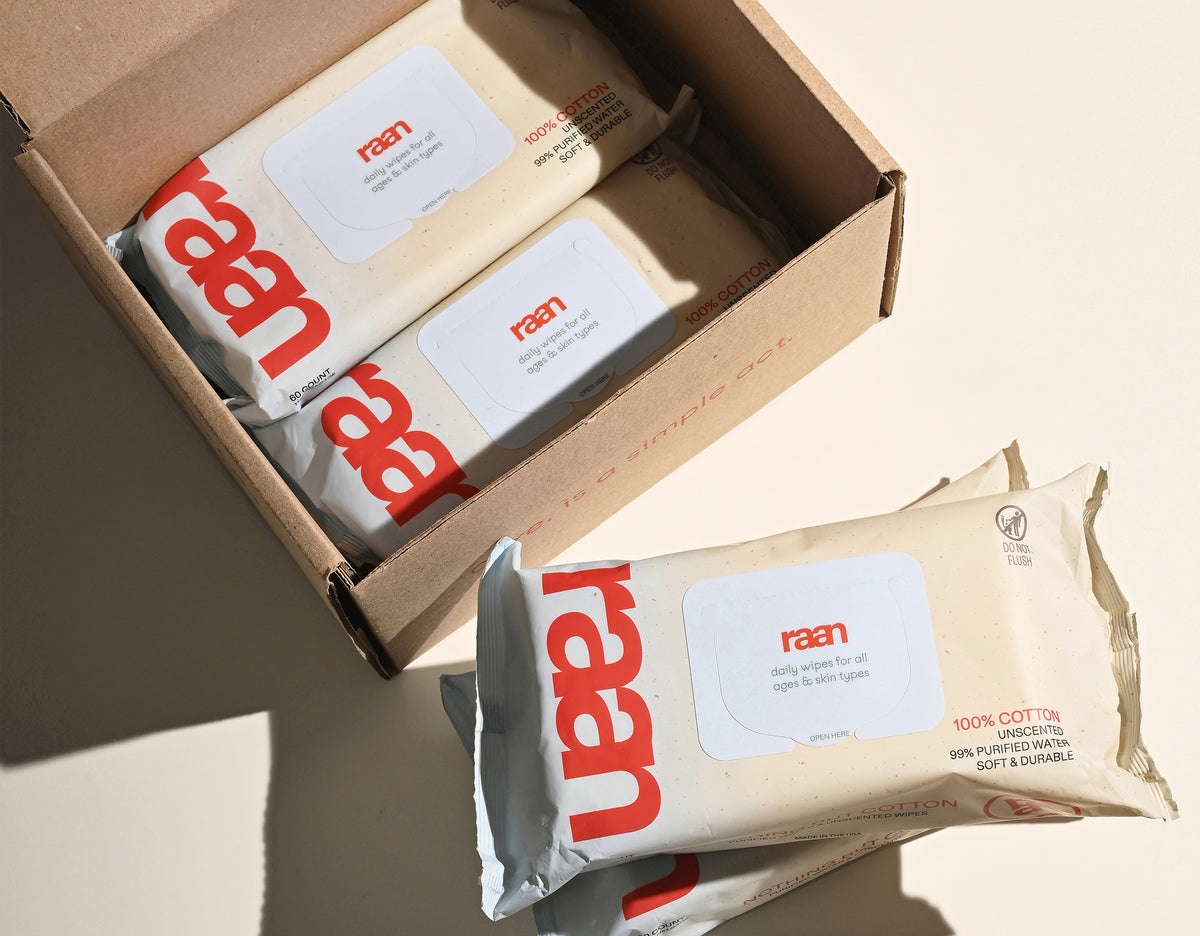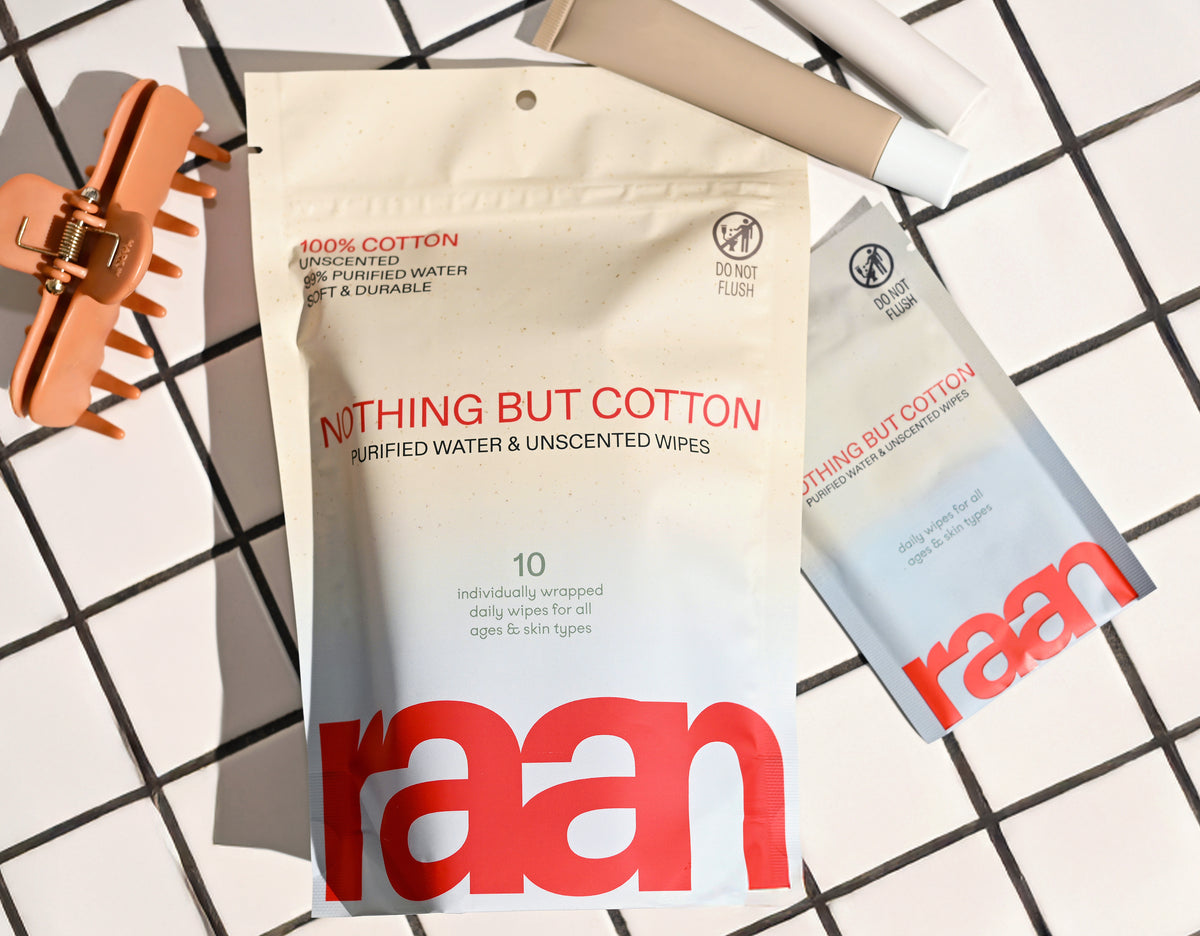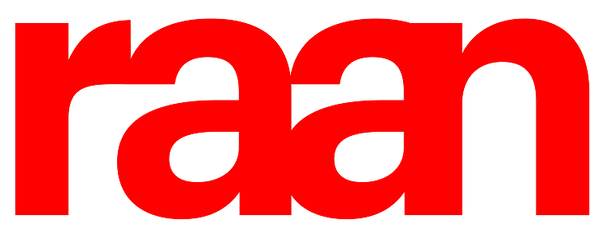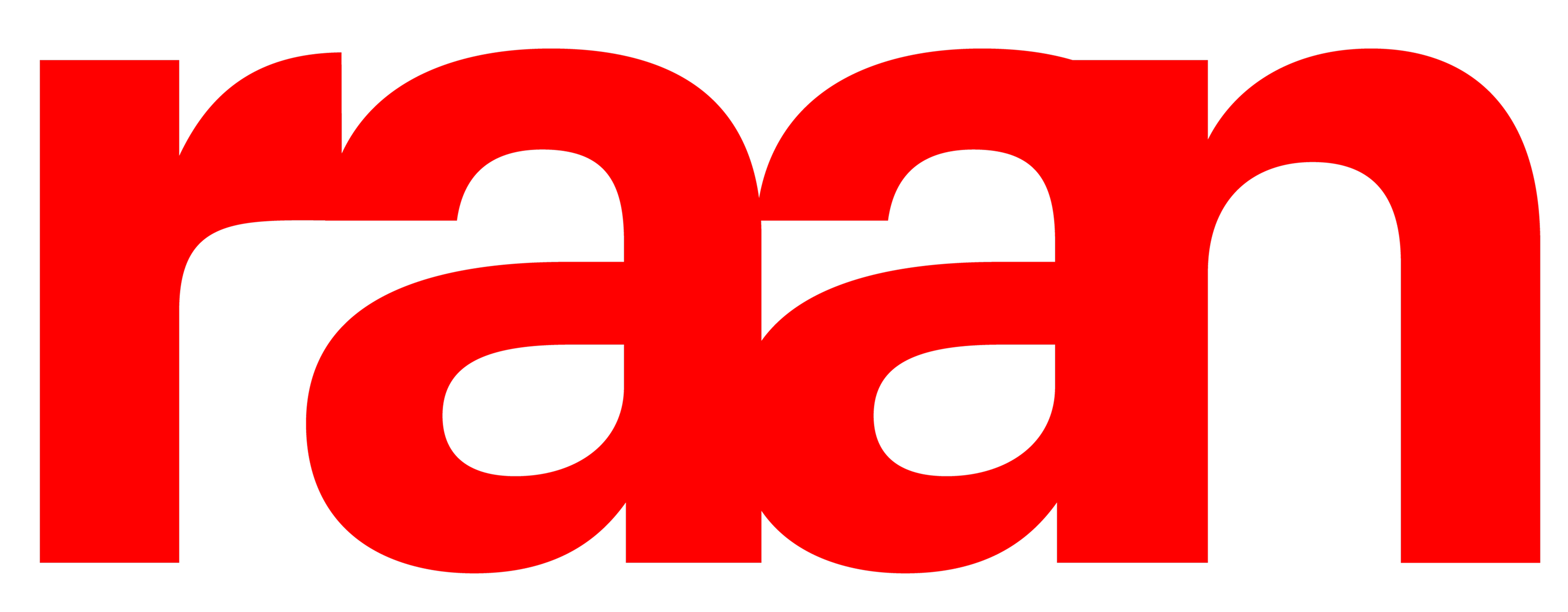Key Takeaways
- Toilet paper alternatives refer to any cleansing methods or materials used instead of traditional tree-based toilet paper.
- There are two main types of toilet paper alternatives: water-first cleansing and wipe-first alternatives.
- Water-first cleansing options include bidets and portable sprayers.
- Wipe-first alternatives consist of reusable cloths and single-use substitutes.
Table of Contents
- Quick Answer: What Counts as a Toilet Paper Alternative?
- Why People Switch: Hygiene, Comfort, and Real-World Benefits
- Water-Based Methods: Gentle and Effective
- Reusable Textiles: Family Cloth Without the Complications
- Single-Use Paper Substitutes: Emergency Solutions
- Disposable Wipes: What to Look For
- Natural and Outdoor Options: Safety First
- Plumbing and Septic: What Never Goes Down the Drain
- How to Choose Your Best-Fit Alternative
- Step-by-Step: Make and Manage Family Cloth
- Preventing Irritation When Switching Methods
- Method Comparisons: Choose with Facts, Not Hype
- Clear Comparisons: Choose with Facts, Not Hype
- Best Options by Specific Needs
- Safety and Hygiene: Household Rules Everyone Can Follow
- Environmental Impact: Changes That Actually Matter
- Raan's Take: A Simpler, Safer Clean for Real Life
Quick Answer: What Counts as a Toilet Paper Alternative?
Toilet paper alternatives are any methods or materials used for cleansing after using the bathroom that aren't traditional tree-based toilet paper. The options fall into two main approaches: water-first cleansing (like bidets and portable sprayers) and wipe-first alternatives (including reusable cloths and single-use substitutes).
Water-First Cleansing
Bidet attachments, handheld sprayers, portable squeeze bottles, and traditional vessels like lota or tabo offer gentle rinsing with minimal friction. These methods reduce irritation while providing thorough cleansing—especially valuable for sensitive skin or postpartum care.
Wipe-First Options
Reusable cotton cloths (family cloth), washcloths, and single-use substitutes like facial tissues or sensitive skin wipes provide familiar wiping motions. For outdoor situations, soft leaves or natural materials work when properly identified and safely sourced.
Plumbing Reality Check: Most alternatives aren't flushable—even products labeled "flushable." Plan for trash disposal or laundering to protect your pipes and septic system.
Why People Switch: Hygiene, Comfort, and Real-World Benefits

Enhanced Cleanliness
Water-based cleansing removes residue more thoroughly than dry wiping alone. Rinsing reduces friction against sensitive tissue while eliminating particles that paper might miss or spread around.
Skin Comfort Advantages
Less chafing occurs with water and soft materials compared to repeated paper friction. Fragrance-free wipes and unbleached cotton materials avoid harsh chemicals that can trigger reactions in sensitive skin.
For more on the benefits of unbleached cotton in personal care, see our detailed guide.
Environmental and Economic Factors
Reducing tree fiber consumption, eliminating microplastics from synthetic wipes, and cutting bulky packaging waste appeals to environmentally conscious households. Bidets and reusable cloths offer long-term cost savings after initial setup.
Water-Based Methods: Gentle and Effective
Bidet Attachments
These devices install under your existing toilet seat and spray water for cleansing. Basic models connect to cold water, while upgraded versions offer temperature control and pressure adjustment.
How to use: Turn the control knob slowly, adjust angle and pressure, rinse for 20-40 seconds, then pat dry with a small towel or tissue square.
Portable Bidets and Peri Bottles
Squeezable bottles with angled spouts provide gentle water flow. Originally designed for postpartum care, they work perfectly for travel, camping, or any situation requiring portable cleansing.
Fill with clean water, squeeze gently while directing the stream, and pat dry afterward. These bottles require no installation and cost under $15.
Traditional Water Vessels (Lota/Tabo)
Small pitchers or basins allow controlled pouring for rinsing. This method requires coordination but offers complete portability and cultural familiarity for many users worldwide.
Reusable Textiles: Family Cloth Without the Complications
Material Selection
Unbleached, 100% cotton flannel or soft cotton terry work best. Cut 6-8 inch squares and finish edges with pinking shears to reduce fraying. Avoid microfiber if it feels grabby against sensitive skin.
Organization System
Keep clean cloths in a covered basket and used ones in a lidded, lined bin. Color-code squares by family member and change bin liners frequently to prevent odors.
Washing and Sanitization
Pre-rinse or pre-soak used cloths, then wash in warm-to-hot water with fragrance-free detergent. Add oxygen-based whitener if needed and machine dry completely. Wash separately from kitchen linens to prevent cross-contamination.
Single-Use Paper Substitutes: Emergency Solutions

Facial Tissues
Soft and familiar, facial tissues work well in a pinch. They're gentler than paper towels but must go in the trash—never flush them.
Napkins and Paper Towels
These can be too abrasive for sensitive areas. Pre-dampen with water to soften, choose the gentlest varieties available, and dispose in trash only.
Materials to Skip
Avoid glossy, coated, or heavily dyed papers. Anything that sheds lint or feels rough against skin isn't worth the irritation risk.
Disposable Wipes: What to Look For
Safety-First Selection
Choose fragrance-free options with short ingredient lists. Avoid harsh alcohols, bleaches, and synthetic fragrances that can irritate sensitive skin. Look for plastic-free wipe materials to eliminate microplastic contact.
For a breakdown of the best wipes for different needs, check our in-depth review.
The Flushability Reality
Even wipes labeled "flushable" can cause plumbing problems. The safest route is always trash disposal in a covered, lined bin.
For Sensitive Skin
Seek minimal formulas with aloe or other humectants for smooth gliding. Hypoallergenic wipes with EWG-verified ingredients offer the gentlest option for reactive skin.
Natural and Outdoor Options: Safety First
Plant-Based Materials
Mullein and lamb's ear offer soft, broad leaves suitable for outdoor use. Always verify plant identification and avoid areas treated with chemicals or near poison ivy, oak, or sumac.
Other Natural Materials
Clean moss (check for debris), smooth stones, fresh snow, and softened corn husks work in outdoor situations. Always pack out waste where local regulations require and never flush natural materials.
Safety Precaution: Correct plant identification is crucial. When in doubt, pack a portable bidet or biodegradable wipes for camping and outdoor activities.
Learn more about biodegradable wipes for eco-friendly outdoor hygiene.
Plumbing and Septic: What Never Goes Down the Drain

The Complete Do-Not-Flush List
Wipes (including "flushable" ones), paper towels, napkins, facial tissues, reusable cloths, leaves, feminine products, and anything not specifically labeled as septic-safe toilet paper can cause expensive clogs and system damage.
Septic System Considerations
Keep non-biodegradable solids minimal and schedule regular maintenance. Water-first cleansing methods actually reduce the load on septic systems compared to excessive paper use.
For more on safe bathroom hygiene, see the CDC's personal hygiene fast facts.
Smart Bathroom Setup
Install a lidded bin with compostable liners, post clear signage for guests, and keep spare liners visible in the cabinet. This setup prevents confusion and protects your plumbing investment.
How to Choose Your Best-Fit Alternative
For the Cleanest Feel with Less Friction
Choose a bidet attachment or handheld sprayer paired with a dedicated drying cloth or tissue. Water removes residue more effectively than wiping alone while reducing irritation.
If you prefer a wipe, Nothing But Cotton Wipes are a gentle, unscented option for sensitive skin.
For Sustainability and Low Ongoing Costs
Combine a bidet with reusable cotton cloths for drying. This setup eliminates ongoing paper purchases while drastically reducing waste generation.
For Renter-Friendly, Fast Setup
A portable bidet or peri bottle requires zero installation. Keep fragrance-free wipes as backup and establish a consistent bin routine for non-flushable disposal.
For Easily Irritated Skin
Start with water-first methods. If using wipes, choose fragrance-free, minimal formulas with plastic-free materials. Unscented wipes with short ingredient lists reduce reaction risk.
Step-by-Step: Make and Manage Family Cloth
Creating Your Cloth Supply
Choose unbleached, 100% cotton flannel, cut into 6-8 inch squares, and finish edges with pinking shears if desired. Make 20-30 squares per person for adequate rotation between washing cycles.
Organization and Storage
Use separate bins for clean and used cloths, color-code by family member to prevent sharing, and add washable wet bags for easy transport to the laundry area.
Washing Protocol
Pre-rinse used cloths, wash in warm or hot water with fragrance-free detergent, add oxygen-based brightener if needed, machine dry completely, and clean storage bins weekly to prevent odor buildup.
Household Hygiene Rules
Enforce no sharing of cloths, require handwashing after handling, keep cloths off bathroom surfaces, and change bin liners frequently to maintain sanitary conditions.
Preventing Irritation When Switching Methods
Start Slowly and Adjust
Introduce water cleansing or new materials gradually rather than switching completely overnight. Keep familiar backup options available during the adjustment period.
Pressure and Texture Management
Keep bidet pressure low initially, select soft and non-abrasive fabrics, and dampen paper substitutes with water to reduce friction against sensitive tissue.
Skin Barrier Support
Apply a simple, fragrance-free barrier cream if chafing develops. If redness persists, switch to water-only cleansing and reassess any products containing potential irritants.
Method Comparisons: Choose with Facts, Not Hype

Clear Comparisons: Choose with Facts, Not Hype
Bidet vs. Traditional Toilet Paper
Water cleansing removes residue with less friction, offers superior comfort for sensitive skin, and eliminates ongoing paper costs after initial device investment. Traditional paper requires continuous purchasing and creates more waste, though it needs no installation or learning curve.
Bidet Attachment vs. Handheld Sprayer
Attachments provide consistent positioning and hands-free operation, while handheld sprayers offer precise control and easier renter installation. Both require similar plumbing connections, but sprayers need more coordination during use.
Family Cloth vs. Disposable Wipes
Reusable cloths eliminate ongoing waste and costs but require dedicated laundry routines and household commitment. Disposable wipes offer convenience and consistent availability while generating trash and ongoing expenses.
| Method | Setup Time | Ongoing Cost | Waste Generated | Travel Friendly |
|---|---|---|---|---|
| Bidet Attachment | 30 minutes | Minimal | Very Low | No |
| Portable Bidet | None | Minimal | Very Low | Yes |
| Family Cloth | 1 hour prep | Water/detergent | None | Limited |
| Quality Wipes | None | Moderate | Moderate | Yes |
Best Options by Specific Needs
Budget-Friendly Bidet Attachments
Best for: First-time users wanting reliable water cleansing without electric features.
Look for non-electric models with side-mounted controls, adjustable nozzle angles, basic T-valve installation, and pressure regulation. These deliver effective cleansing for under $50 with straightforward maintenance.
Portable Solutions for Travel
Best for: Maintaining consistent routines away from home.
Seek spill-resistant caps, angled nozzles for proper positioning, squeezable bodies that maintain shape, and discreet carrying pouches. Capacity should balance portability with adequate cleansing volume.
Sensitive Skin Wipes
Best for: Gentle cleansing when water isn't available.
Prioritize fragrance-free formulations, minimal ingredient lists, plastic-free wipe materials, and humectants like aloe for comfortable glide. Hypoallergenic wipes with transparent ingredient disclosure reduce reaction risks.
Family Cloth Materials

Best for: Zero-waste households committed to reusable systems.
Choose unbleached, 100% cotton flannel for softness, colorfast materials that withstand frequent washing, and pre-shrunk fabrics to maintain size consistency through laundry cycles.
Safety and Hygiene: Household Rules Everyone Can Follow
Essential Handwashing
Wash hands before and after handling reusable cloths, after emptying or cleaning bins, and always after bathroom use regardless of cleansing method. This prevents cross-contamination and maintains household health.
Shared Bathroom Guidelines
Post clear "do not flush" signage, provide a small instruction card for guests, keep spare bin liners visible, and maintain a backup supply of familiar options for visitors uncomfortable with new methods.
Kids and Caregiving
Create simple, visual instructions, use color-coded systems for individual supplies, supervise until routines become automatic, and maintain child-safe storage for all cleansing products and devices.
Environmental Impact: Changes That Actually Matter
Highest-Impact Modifications
Water-first cleansing combined with minimal drying materials creates the most significant waste reduction. Switching from plastic-heavy wipe packages to biodegradable alternatives or reusable cloths eliminates microplastic concerns.
Smart Packaging Choices
Choose products with reduced plastic components, recyclable outer packaging, and concentrated formulas when applicable. Avoid hard plastic lids and excessive individual wrapping that adds unnecessary waste.
Realistic Mixed Approaches
Combine methods based on location and situation: bidet at home, portable bidet for regular travel, and biodegradable wipes for emergencies. This flexibility maintains consistency without environmental compromise.
For more on water conservation and eco-friendly bathroom upgrades, see the EPA's WaterSense bathroom resources.
Raan's Take: A Simpler, Safer Clean for Real Life

Our Perspective on Toilet Paper Alternatives
Keep it uncomplicated: water and soft, skin-safe materials handle cleansing effectively without drama or harsh chemicals. The best toilet paper alternatives work with your skin's natural needs, not against them.
Where Our Wipes Fit Your Routine
A gentle everyday option for faces, bodies, and bathroom use when water isn't available or convenient. Made for new moms, pet owners, skincare enthusiasts, and anyone wanting genuinely clean care. These are personal care wipes—not medical or sanitizing products—and should never be flushed.
Material Truth: Unbleached, 100% cotton wipe material free of plastic fibers and bleach. Five EWG-verified ingredients: Purified Water, Sodium Benzoate, Potassium Sorbate, Ethylhexylglycerin, Organic Aloe, and Citric Acid for pH balance. Our wipes are EWG Verified, Cruelty Free, and made with integrity for real, everyday messes.
Frequently Asked Questions
What are the main types of toilet paper alternatives and how do they differ?
Toilet paper alternatives fall into two main categories: water-first cleansing and wipe-first options. Water-first methods, like bidets and portable sprayers, use gentle rinsing to clean, while wipe-first alternatives include reusable cloths and single-use wipes or paper substitutes. Each approach offers different benefits in hygiene, comfort, and environmental impact.
How do water-based cleansing methods like bidets improve hygiene and skin comfort compared to traditional toilet paper?
Water-based methods provide a gentler, more thorough clean by rinsing away residue rather than relying on friction. This reduces irritation and is especially helpful for sensitive skin or postpartum care, offering a fresher, more comfortable experience than traditional toilet paper.
Are reusable cloth options like family cloth safe and practical for everyday use?
When properly washed and managed, reusable cloths like family cloth can be a safe and eco-friendly alternative. They require a consistent laundering routine to maintain hygiene and may not suit every household, but they offer a familiar wiping experience with less waste.
What plumbing considerations should I keep in mind when using toilet paper alternatives, especially regarding flushability?
Most toilet paper alternatives, including many wipes labeled "flushable," can cause plumbing or septic issues. It’s best to avoid flushing anything other than traditional toilet paper and plan for trash disposal or laundering to protect your pipes and septic system.






